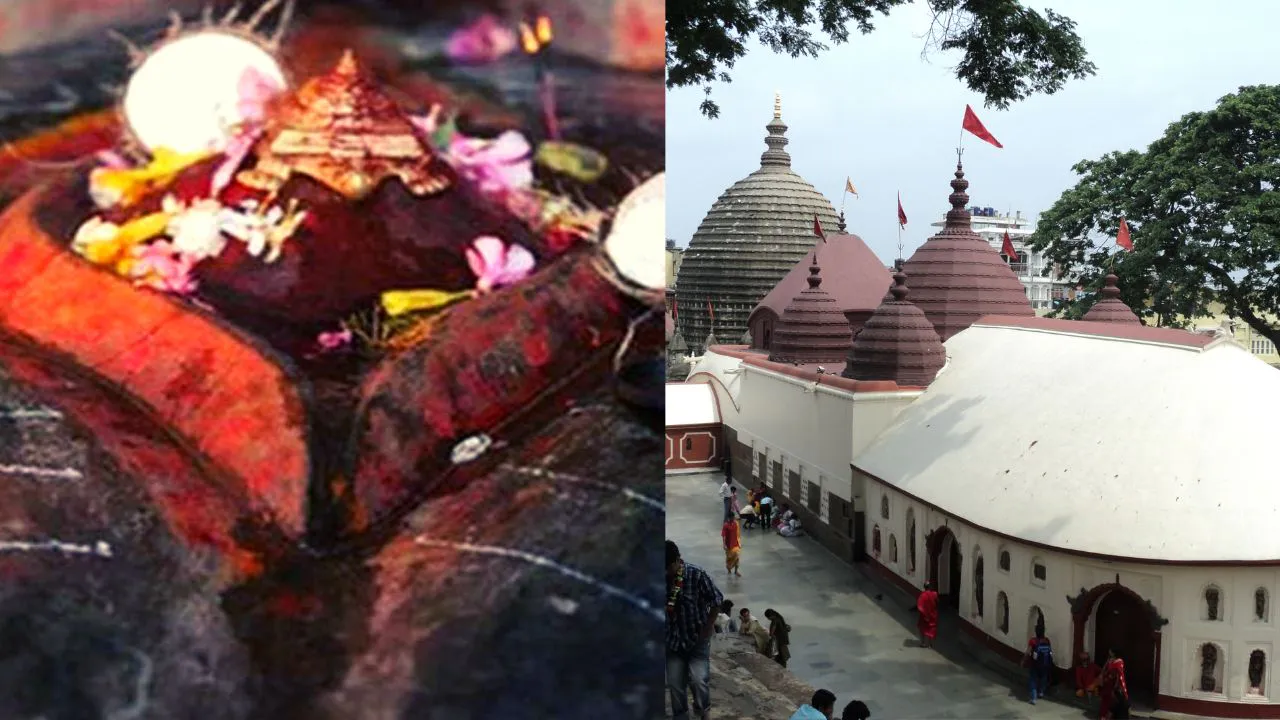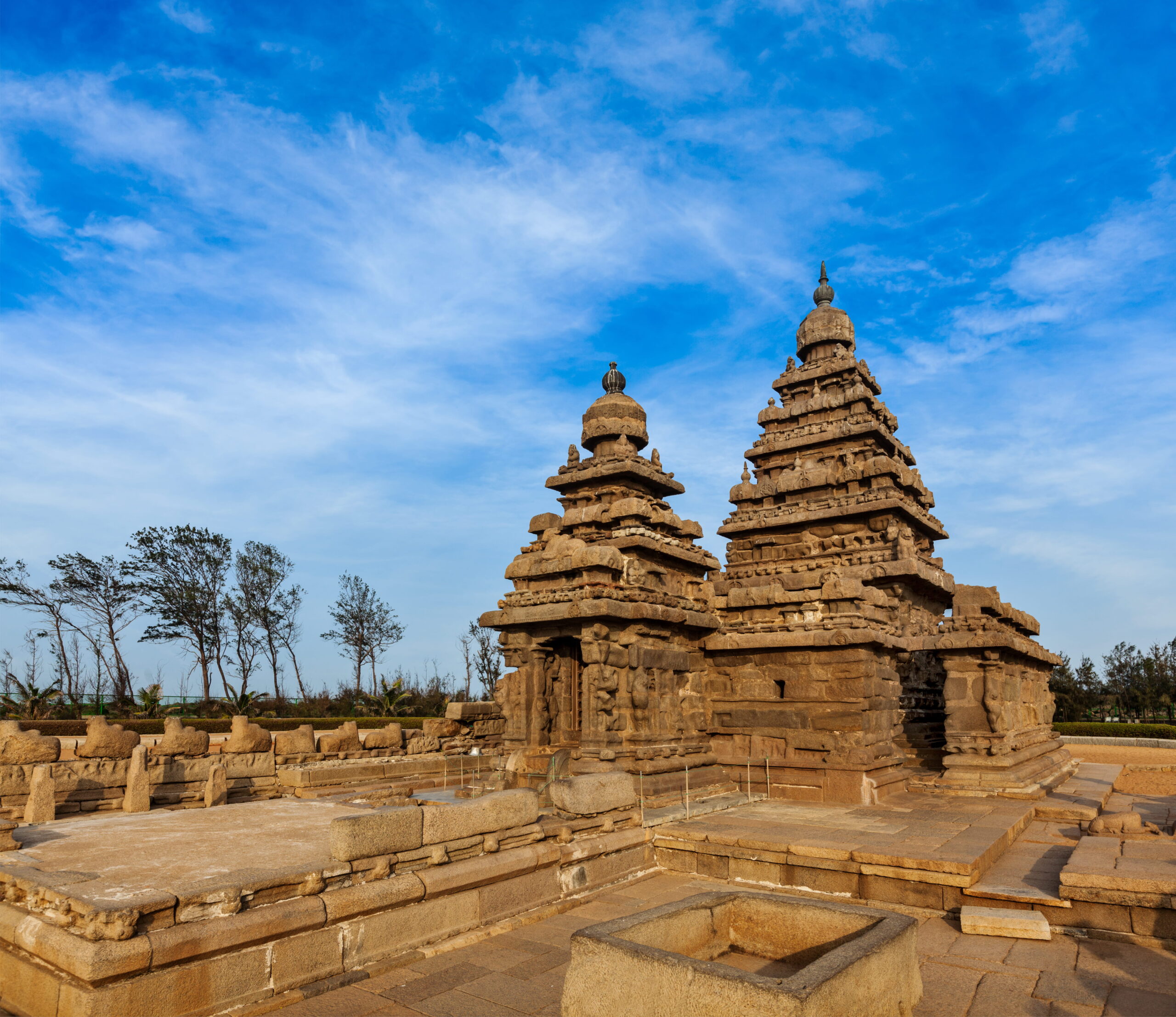Understanding the Kamakhya Devi Temple
The Kamakhya Devi Temple, located in Guwahati, Assam, India, is one of the most revered shrines in the country. The temple is dedicated to the goddess Kamakhya, an incarnation of Shakti, the powerful and divine feminine force. Kamakhya Devi is believed to be the presiding deity of the region, and her temple is an essential pilgrimage site for devotees who come from all corners of the world.
The Legend of Kamakhya Devi Temple
Mythical Origin of Kamakhya Temple
According to Hindu mythology, the Kamakhya Temple is one of the 51 Shakti Peethas, or sacred shrines dedicated to the goddess Shakti. It is believed that the temple was built on the spot where the reproductive organ of the goddess Sati fell after her body was dismembered by Lord Vishnu’s Sudarshan Chakra, as per Lord Shiva’s orders.
Kamakhya Devi Story
The Kamakhya Devi Temple is closely associated with the legend of the goddess Kamakhya, an incarnation of Shakti. It is said that the goddess was attracted to the beauty of the forest near the Brahmaputra River and took up residence there. She became known as Kamakhya, which means “one who fulfills desires,” and people began to worship her as the goddess of fertility, love, and desire.
Construction of Kamakhya Temple
The original Kamakhya Temple was built by the Kachari Kings in the 8th century, but it was destroyed by invading Muslim armies in the 16th century. The current temple was constructed in the 17th century by the Ahom kings, who ruled the region at the time.
The Architecture of Kamakhya Devi Temple
Unique Features of Kamakhya Temple
The Kamakhya Temple is known for its unique architecture. The temple has a dome-shaped structure with a mandapa, or entrance hall, that is supported by pillars. The walls of the temple are adorned with intricate carvings and sculptures of deities, animals, and scenes from Hindu mythology.
Sanctum Sanctorum of Kamakhya Temple
The sanctum sanctorum of the Kamakhya Temple is located in a dark chamber underground. The chamber contains a rock-cut yoni, or female reproductive organ, which is covered with a silver sheet and worshipped as the goddess Kamakhya. The temple also has ten other shrines dedicated to various forms of the goddess Shakti.
Kamakhya Temple Festival
The Kamakhya Temple is known for its annual festival, the Ambubachi Mela, which celebrates the goddess’s menstruation. It is believed that during this time, the goddess Kamakhya goes through her annual cycle of menstruation and the temple remains closed for three days. On the fourth day, the temple is opened to the public and devotees flock to the temple to receive blessings.
The Significance of Kamakhya Devi Temple
Kamakhya Devi Temple is considered to be one of the most important Shakti Peethas of the Hindu religion. It is believed that the goddess grants the wishes of her devotees, especially those related to fertility and childbirth. The temple is also known for its tantric practices, which are said to help devotees achieve spiritual enlightenment.
Cultural Significance of Kamakhya Devi Temple
Kamakhya Temple and Tantric Practices
The Kamakhya Temple is closely associated with tantric practices, which are a form of spiritual practice that seeks to awaken the kundalini energy within the body. Tantric practitioners believe that the goddess Kamakhya is the embodiment of this energy and that by worshipping her, they can achieve spiritual enlightenment.
The Temple Art
The temple’s walls and pillars are adorned with intricate carvings and paintings that depict the goddess and her many forms. The carvings and paintings are a testament to the rich cultural heritage of the region and are an essential part of the temple’s aesthetic appeal.
The Temple Surroundings
The Kamakhya Devi Temple is located atop the Nilachal Hill, which offers stunning views of the Brahmaputra River and the surrounding valley. The temple’s surroundings are also home to several other temples and religious sites, including the Umananda Temple and the Navagraha Temple.
Visiting the Kamakhya Devi Temple
When to Visit
- The best time to visit the Kamakhya Devi Temple is during the Ambubachi Mela, which is held every year in June. During the festival, devotees from all over the world flock to the temple to offer their prayers and seek the goddess’s blessings.
- Alternatively, the temple can be visited throughout the year, although the monsoon season (July-September) can be challenging due to heavy rainfall.
How to Reach the Temple
- The Kamakhya Devi Temple is located in Guwahati, which is well-connected to major cities in India by air, rail, and road
- By Air
- 1. Lokpriya Gopinath Bordoloi International Airport
- By Train
- 1. Guwahati Railway Station
- By Road
- 1. Buses
- 2. Taxis
- By Foot
- Tips for Visitors
- Wear comfortable clothes and shoes as you may need to climb stairs to reach the temple.
- Avoid visiting the temple during peak hours as it can get crowded.
- Respect the customs and traditions of the temple and maintain silence inside the temple.
- Photography is not allowed inside the temple premises.
- Carry a bottle of water and some snacks as it can take some time to explore the temple complex.
In conclusion, the Kamakhya Devi Temple is a sacred site with a rich history and deep spiritual significance. It is a unique place where the worship of the divine feminine is central, and where devotees come to seek blessings and offer their prayers. Whether you are a believer or not, the temple’s stunning architecture and beautiful surroundings make it worth a visit.
So if you’re planning a trip to India, be sure to put Kamakhya Devi Temple on your itinerary. With its mystical atmosphere, fascinating history, and breathtaking beauty, it’s sure to be an unforgettable experience.



